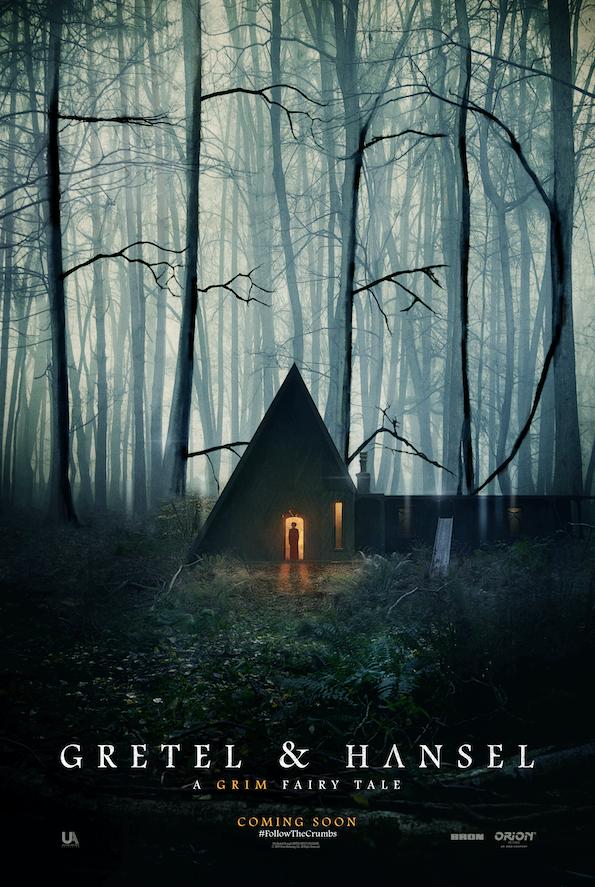By: Ryan Farrell, Staff Writer
Last weekend marked the release of January’s last horror release. Oz Perkins launched his vision of a classic Grimm fairy tale, alternatively titled as “Gretel & Hansel”. The film puts Gretel at the center of the stage, allowing her to define the story. While “Gretel & Hansel” falls short on the scares and structure, the cinematography allows it to be memorable. Alice Krige’s casting is an additional staple of the film as it is almost worth the price of admission alone.
“Gretel & Hansel” is an alternative take on the legendary Grim fairy tale, where Gretel takes on the role of the central protagonist. During times of economic uncertainty and famine, two children are banished from their homes. Gretel and Hansel’s mother is unable to support them, so she forces them to search for their own way of living. The children begin their journey through the seemingly endless woods, without any hopes of salvation. After days of searching, the children discover an ornate home filled with an array of home-cooked meals and sweets. After discovering a seemingly kind old woman in the house, they are invited to stay for as long as they may need. As the story progresses, the children realize the woman’s true nature. Hansel and Gretel’s curiosity and desperation has led them into an insidious trap.
The film’s greatest strength is its unique cinematic vision. Since this story has countless adaptations, the choices in cinematography aids in setting the film apart from previous visions. It’s easy to tell that a great deal of time went into composition and coloring. The most impressive shots are those that are in the woods; a variety of angles are used to elicit dread, hopelessness, and fear. While the Witch’s house is a unique set piece, it uses the standard shot-reverse shot which makes it feel separated.
The film’s casting is another highlight, especially when regarding Alice Krige’s portrayal of the Witch, Holda. Her performance is a consistent exercise in juxtaposition; she is a kind and caring old woman yet creepy and sinister at the same time, making the children’s trust believable. It’s exciting to see her character warp throughout the tale. Other performances in “Gretel & Hansel” are sufficient however none of them are particularly memorable. Sophia Lillis as Gretel, for example, is convincing in the part, but there is not much to make her character compelling. Additionally, Lillis is the only character in the film without an English accent. This aspect breaks the immersion, especially when she converses with Hansel.
One of the major downsides of “Gretel & Hansel” is the over-reliance on stereotypical horror movie tropes. While the cinematography is distractingly mesmerizing, these moments will ultimately break any immersion previously established. These techniques, ranging from fake out jumpscares to dream sequences, only added to maintain its horrific pace. It’s atmosphere allows “Gretel & Hansel” to stand above an average horror experience, but using a sharp orchestral sting as a figure passes by a doorway brings the film two steps back.
“Gretel & Hansel” is currently showing in cinemas.

